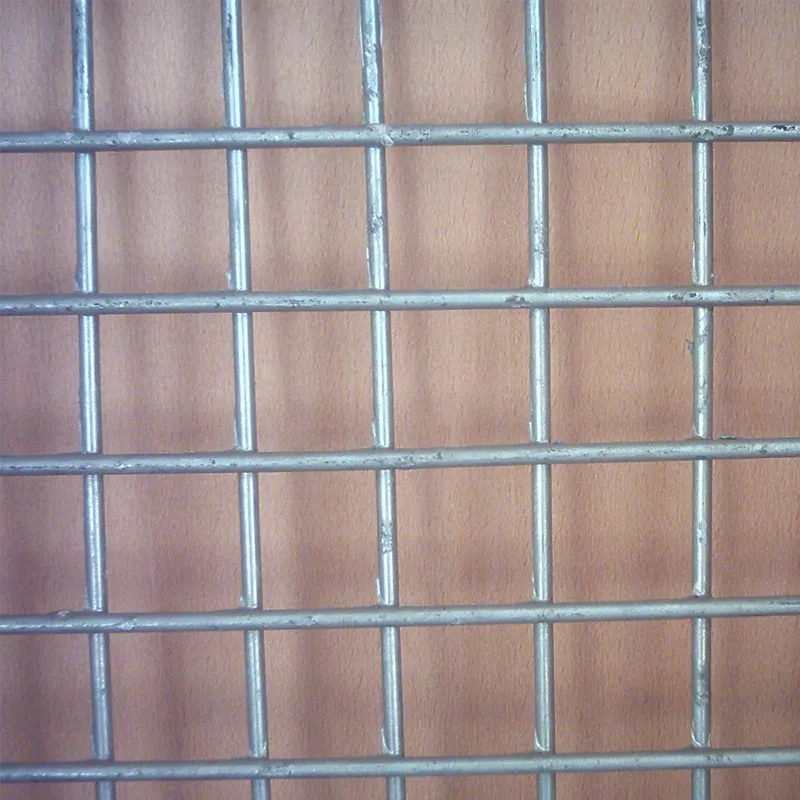Δεκ . 29, 2024 03:30 Back to list
Understanding Hose Crimping Techniques for Efficient Fluid Transfer Applications
The Importance of Hose Crimping in Industrial Applications
Hose crimping is a critical process used in various industrial applications, ensuring the reliability and functionality of hoses in conveying fluids and gases. Crimping refers to the technique of compressing the end of a hose fitting around a hose, forming a secure and leak-proof connection. This article explores the importance of hose crimping, its applications, methods, benefits, and considerations in maintaining optimal performance in industrial settings.
Applications of Hose Crimping
Hose crimping is widely utilized in multiple industries, including agriculture, automotive, construction, and manufacturing. In agricultural equipment, hydraulic hoses crimped to specifications allow tractors and harvesters to operate effectively under high pressure. In automotive applications, crimped hoses are essential for fuel delivery and cooling systems, where failure could lead to significant safety hazards and operational inefficiencies. The construction industry also relies on crimped hoses for hydraulic machinery, ensuring that powerful equipment like excavators and cranes function smoothly.
Moreover, in the manufacturing sector, crimped hoses are used in a variety of pneumatic applications, helping in the automation processes that drive productivity. From compressed air systems to fluid transfer applications, proper crimping ensures that hoses maintain integrity under considerable pressure and fluctuating temperatures.
Methods of Hose Crimping
The hose crimping process generally involves several key steps, beginning with selecting the appropriate hose and fitting. Factors such as the type of fluid conveyed, operating pressure, and environmental conditions must be considered to ensure compatibility. Once the correct components are chosen, the hose is cut to length, and the fitting is inserted into the hose.
Crimping machines, available in manual, pneumatic, or hydraulic forms, are then used to compress the fitting onto the hose. The choice of machine often depends on the volume of production and the specific requirements of the application. For high-volume production environments, automatic crimping machines offer consistency and speed, while manual machines may be sufficient for smaller operations.
After crimping, quality control measures are essential to confirm that the hose assembly meets specified criteria. This involves testing for leaks and assessing the integrity of the crimped joint, which is critical for ensuring that the hose will perform reliably in its intended application.
hose crimp

Benefits of Proper Hose Crimping
One of the primary benefits of proper hose crimping is enhanced safety. A well-crimped hose assembly is less likely to develop leaks, reducing the risk of fluid spills that could pose safety hazards to workers and the environment. In addition, reliable connections mitigate the chances of hose failures that can result in downtime and costly repairs.
Moreover, crimped hoses are designed to withstand high pressures and temperatures, extending the longevity of the equipment and reducing replacement costs. This durability translates into better overall performance of machinery, as hoses function optimally without the risk of failure or degradation.
Additionally, the crimping process allows for flexibility in design, enabling the creation of hose assemblies tailored to specific operational needs. Customization is vital in industries where space constraints and unique applications dictate the use of specialized hose designs.
Considerations for Effective Hose Crimping
To achieve optimal results with hose crimping, several considerations must be taken into account. Choosing the right hose and fitting compatibility is paramount—using mismatched components can lead to failures. Furthermore, having trained personnel who understand the crimping process and quality control measures is essential for maintaining high standards.
Regular maintenance of crimping machines and ongoing training for operators can also enhance performance and reduce errors. Lastly, adherence to industry standards and regulations ensures that hose assemblies remain safe and reliable under various operating conditions.
Conclusion
In conclusion, hose crimping is a vital process in ensuring the efficiency and safety of fluid-conveying systems across various industries. With its applications spanning agriculture, automotive, construction, and manufacturing, effective hose crimping not only enhances equipment performance but also ensures safety and reliability. By understanding the methods, benefits, and considerations associated with hose crimping, industries can better equip themselves to meet the challenges of their operational environments. Investing in quality crimping processes ultimately leads to improved productivity and reduced costs, making it an indispensable aspect of modern industrial practices.
-
Reliable Nails for Every Construction Project
NewsJun.10,2025
-
Reliable Iron Nails for Every Project
NewsJun.10,2025
-
Razor Wire Solutions for Enhanced Security
NewsJun.10,2025
-
Hydraulic Hose Ferrule Fittings: Key to a Strong Hydraulic System
NewsJun.10,2025
-
Field Fencing: Secure Your Property with the Best Solutions
NewsJun.10,2025
-
Euro Fences: The Ultimate Choice for Security and Style
NewsJun.10,2025









